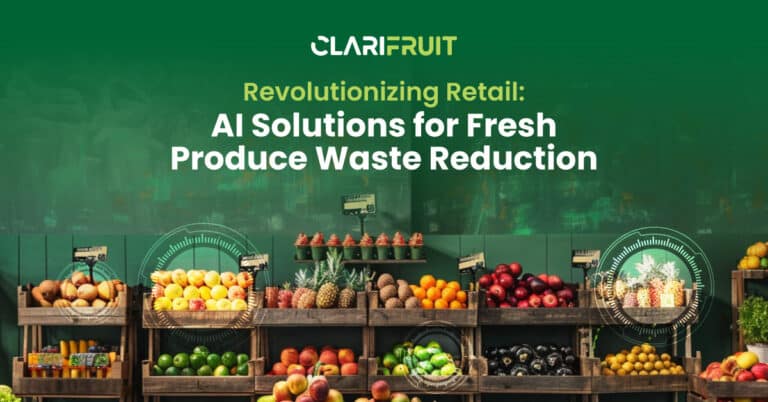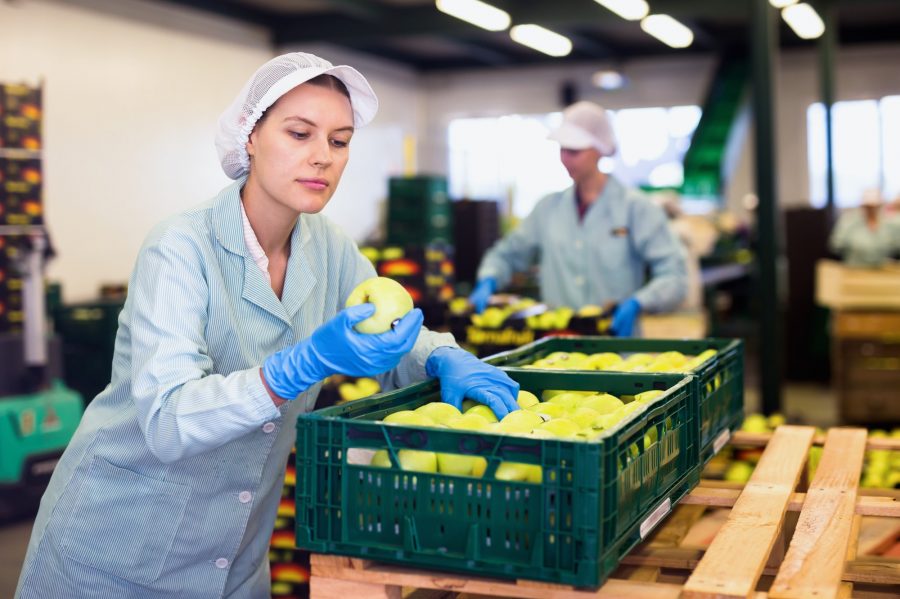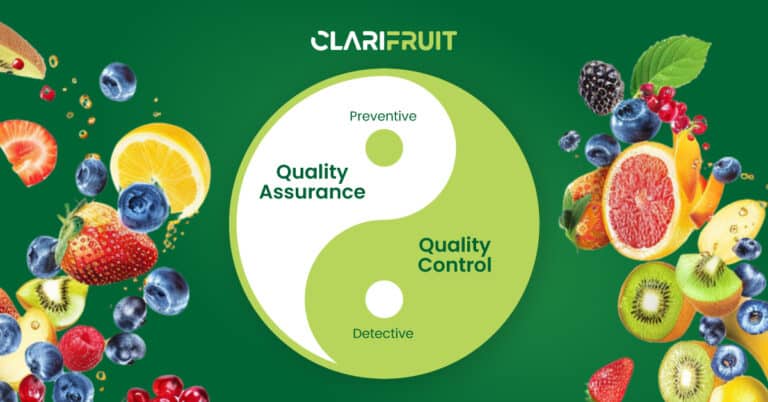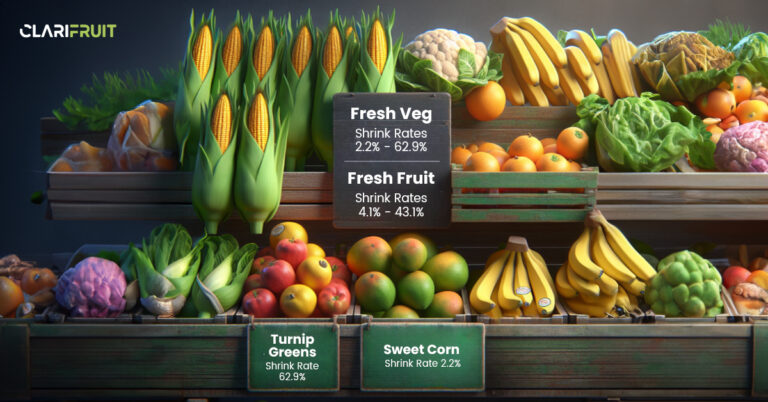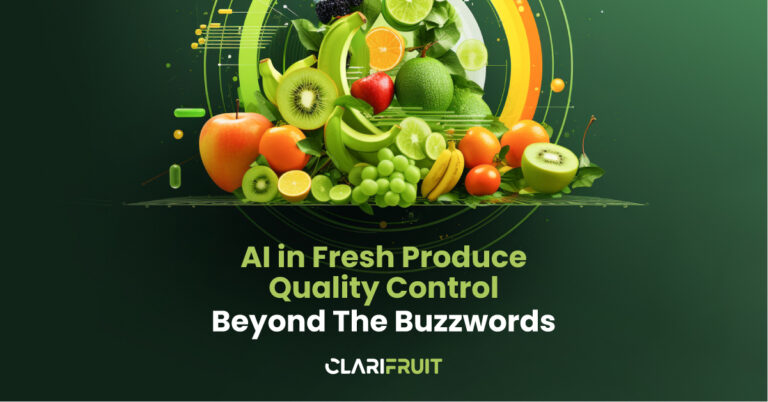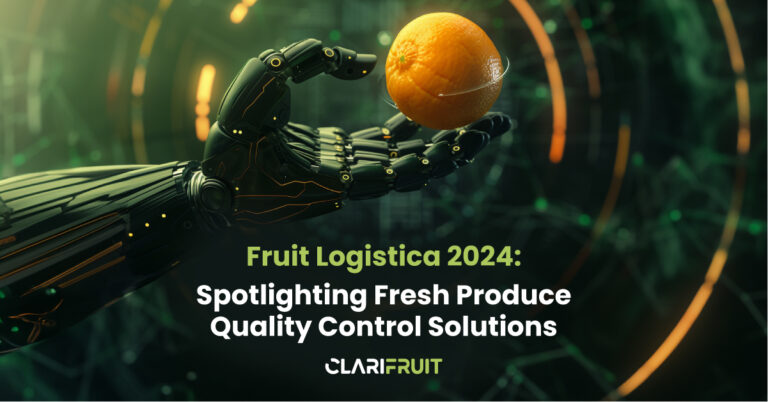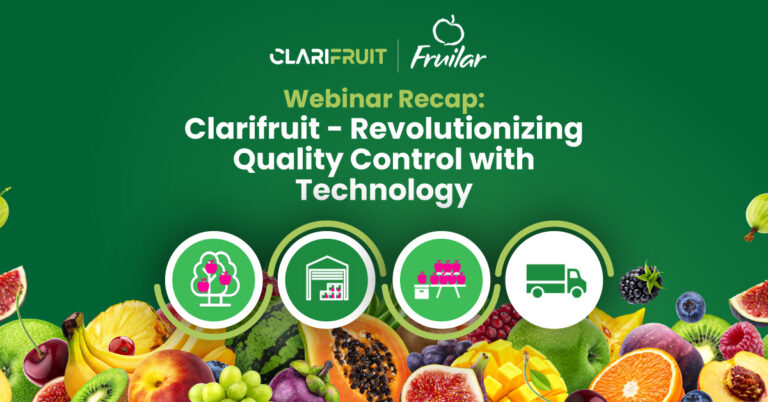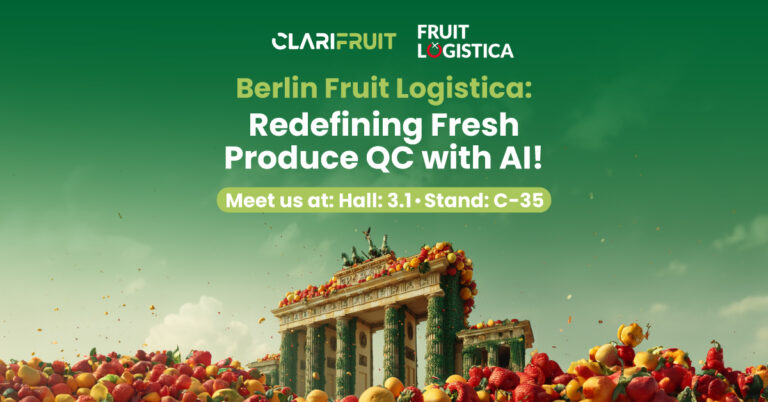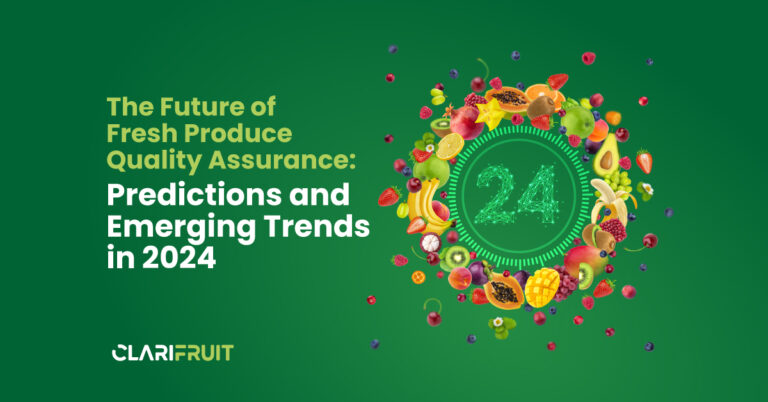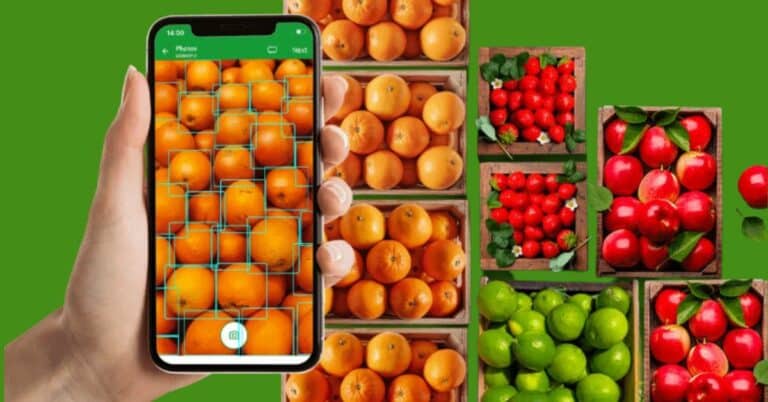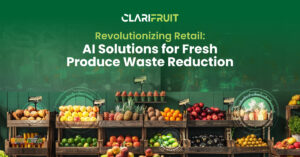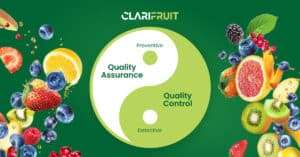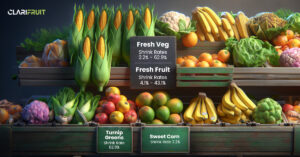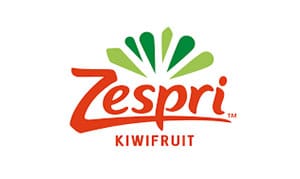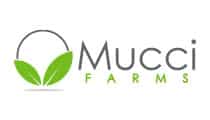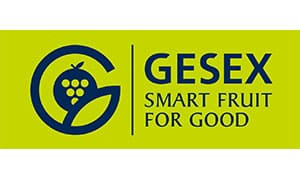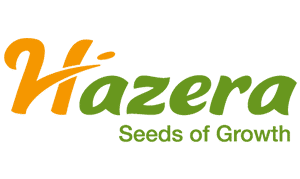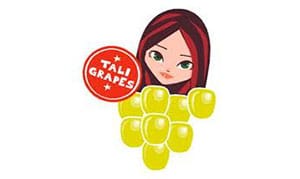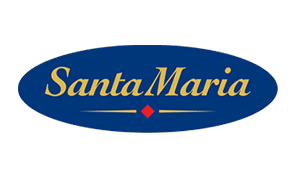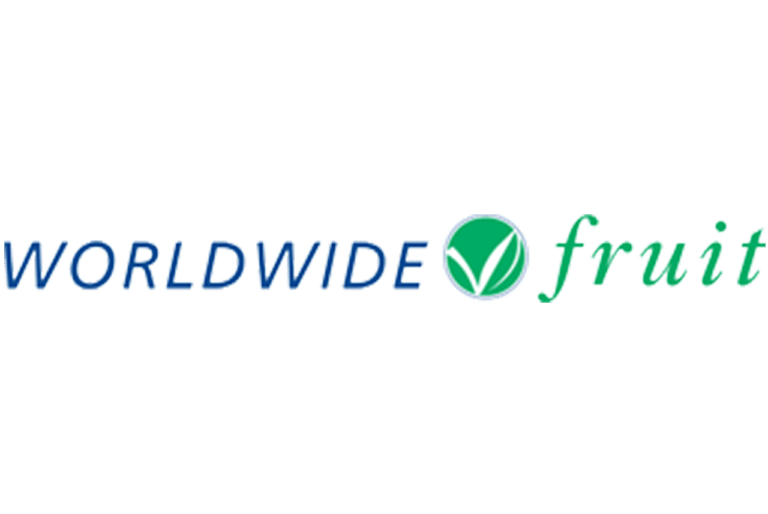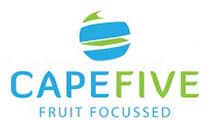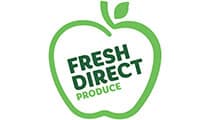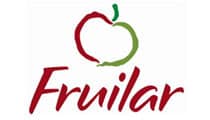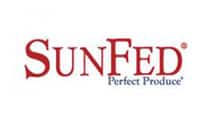Understanding where quality control happens across the fresh produce supply chain can make all the difference when looking for solutions that optimize and enhance the process, reduce operational costs, and add standardization and objectivity.
Let’s take a look at the supply chain of fresh fruits and vegetables, zero in on where and how quality control occurs, and use this information to shine a light on fresh produce supply chain challenges, and what can be done to fix them.
The Four Stages of the Fresh Fruit Supply Chain
Typically, along the supply chain of fresh fruits and vegetables we have four stages.
The process starts with the grower. Next up, the marketing/packing or shipping companies who act as the brand platforms bridging between the growers and getting the produce to the end users, into the stores. Third, the wholesalers, who are trusted by the retailers to transport the produce from A to B, and lastly, the retailers themselves, who sell the fresh fruits and vegetables to the end users, the consumers.
Growers and QC
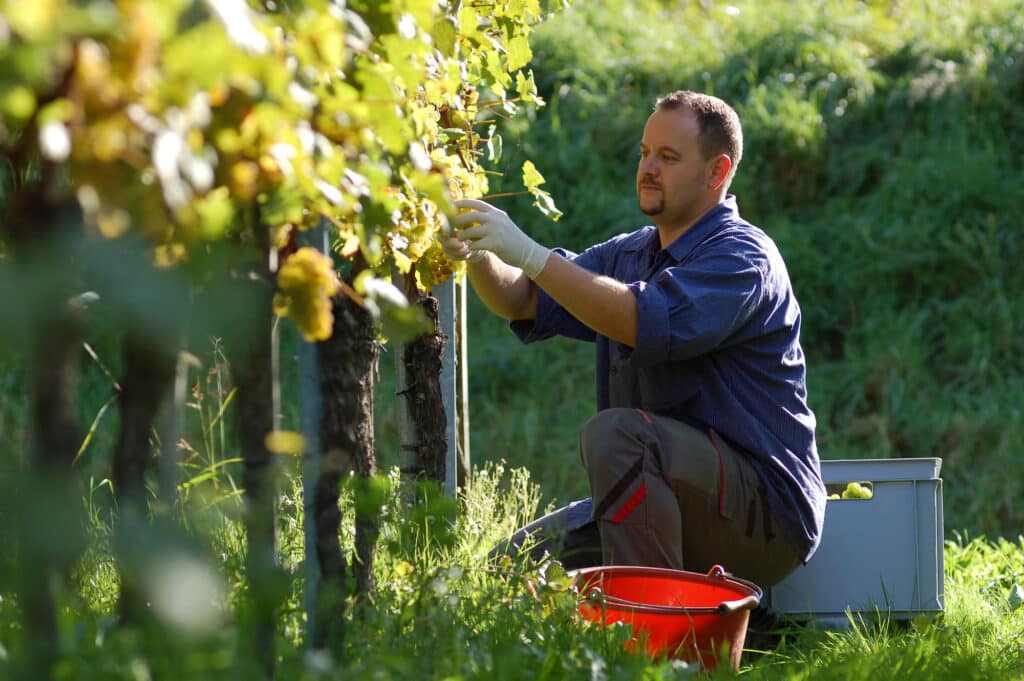
At the stage of the grower, there is hardly any professional quality control in place, despite it being incredibly important. In fact, the lack of consistent quality control is cited as one of the main reasons for the more than 40% of food waste in the United States alone. Ideally, growers would complete accurate and consistent quality control pre-harvest, at harvest, and post-harvest, too.
However, on the grower’s side, it’s much too complicated and expensive to put any kind of standardization for quality control into place. Lack of access to efficient and cost-effective inspection processes and the small scale of the growers represent major challenges. In addition, it’s very difficult to do quality control outdoors. Most growers simply don’t have the necessary equipment.
Marketing Companies, Wholesalers and QC
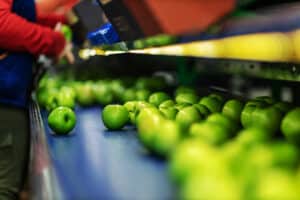
When it comes to marketing companies and wholesalers, the number of quality control checks are similar. The most important is intake, when the fruit or vegetables arrive at the packing house. Here is where difficult decisions are made on which produce should be accepted, how much money will change hands, which customer should receive a certain supply, and more. There will also be additional quality control checks during storage, and also when the fruits and vegetables are removed from storage and prepared for shipment.
Whether in practice these happen with any kind of objectivity or consistency will vary depending on the size and the location of the marketing company or wholesaler. For example, small marketing companies rarely have standard quality control processes in place, while larger ones will have inspection rooms, specific workers who are responsible for QC, and some standardization in place for how it takes place. In Europe and the US, standardization is more important and regulated than elsewhere in the world, so there will also be more processes in place for quality control in comparison to the rest of the world.
However, even in the situation of a regulated or standardized wholesaler or marketing company, quality control has become extremely costly and time-consuming, eating away at the bottom line of the logistics companies involved. On top of that, the subjectivity of the QC process is still a large problem, where an inspector may have a lot of experience, but the bottom line is still a human eye looking at a piece of fruit and deciding how good it may be.
Understanding the Retailers’ Role in the Fresh Produce Supply Chain
In the front stores, the touchpoints for quality control have changed over the past few years. Traditionally, there would be QC at the point of intake, and when the produce was placed on the shelves. Today, with the increase in home deliveries and click and collect offerings, there is an additional stage of QC, when pickers choose produce for deliveries. This is important because customer loyalty and retention depends on the quality of the fruits and vegetables that their retailer chooses on their behalf.
Interestingly, retailers are becoming the end of a bell curve for quality control, mirroring the levels of QC that you find with growers in the fields. There are so many products to stay on top of to meet consumer demand, and the pace of intake is incredibly fast. As each store is a relatively small fish, retailers cannot enforce standardization and there is hardly any quality control being completed.
Clarifruit Enables Democratization of QC in the Fresh Produce Supply Chain
From field to fork, there are a dozen quality control checks, many relying on different stakeholders to complete, and all done by different inspectors with their own level of resources and subjectivity. Where QC processes are in place in any kind of standardized way, they are lengthy and expensive to complete. Worse still, in many places there is no consistent QC at all.
Clarifruit offers four main benefits for fresh produce supply chain challenges:
- Digitization. By digitizing all the information along the chain, leveraging a mobile application interface, QC becomes easier and more accessible for everyone, including growers in the field. All information is centralized and can be viewed by web application, making it simpler to share, collaborate and connect. In fact, we’ve seen between 50%-75% reduction in inspection time.
- Objectivity. No more guesswork and human error, and no more price negotiations. Empower inspectors to make accurate decisions based on AI algorithms. Set your policies, and you’ll get consistent quality control for all produce, just by taking a photo of the produce, whether that’s at harvest, intake, or on the shelf.
- Standardization. Clarifruit enables large organizations to create digital standards in a very fast and cost effective way, and share them with their supply chain, however many touchpoints that includes. By using third-party standardization, and implementing it into an existing supply chain, everyone benefits from the same insight and control, and the whole value chain sees the results.
- Analytics. By leveraging the Big Data generated by Clarifruit’s automatic data collection processes, our customers can optimize their decision making and maximize profitability with real-time analytics. For instance, a Marketing company can decide in real-time the best retailer to sell a certain supply to, that is currently inspected at its packing house, while a retailer can evaluate the quality of suppliers across multiple performance KPIs.
Ready to talk about fresh produce quality control for your business? Book a demo to see how it works for yourself.
